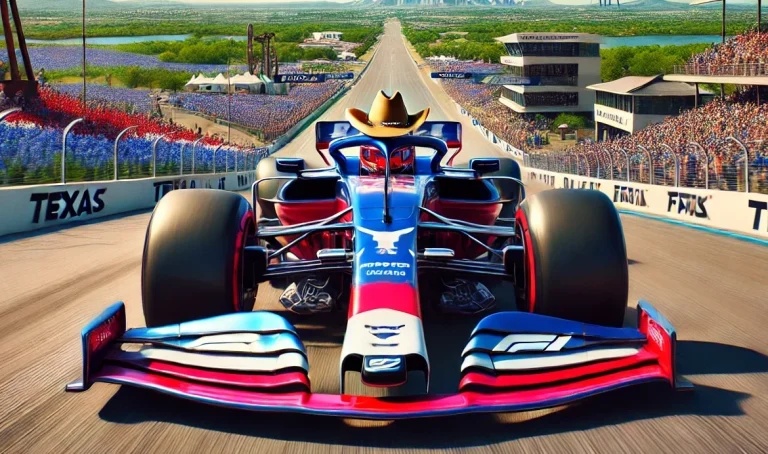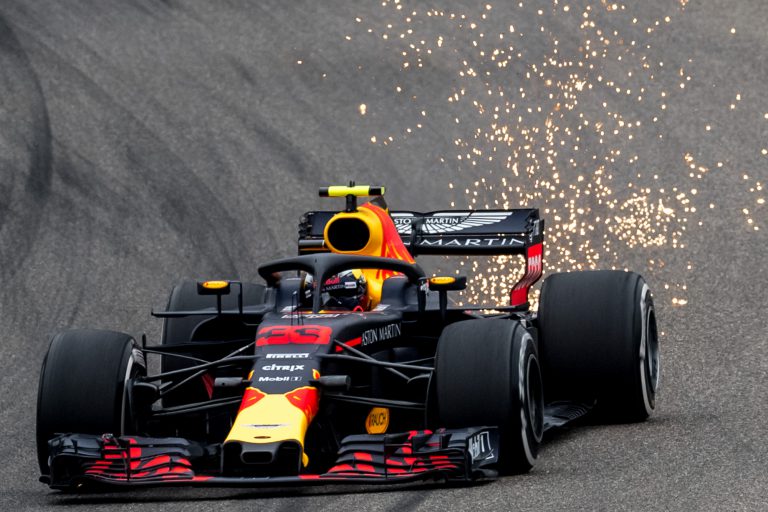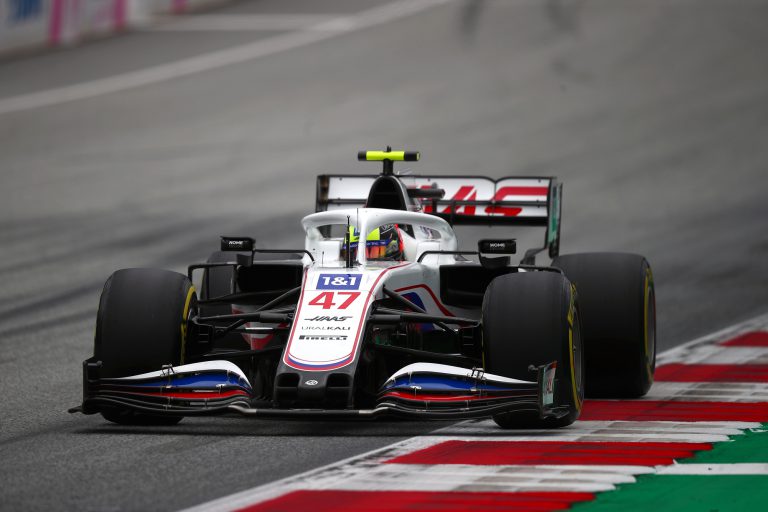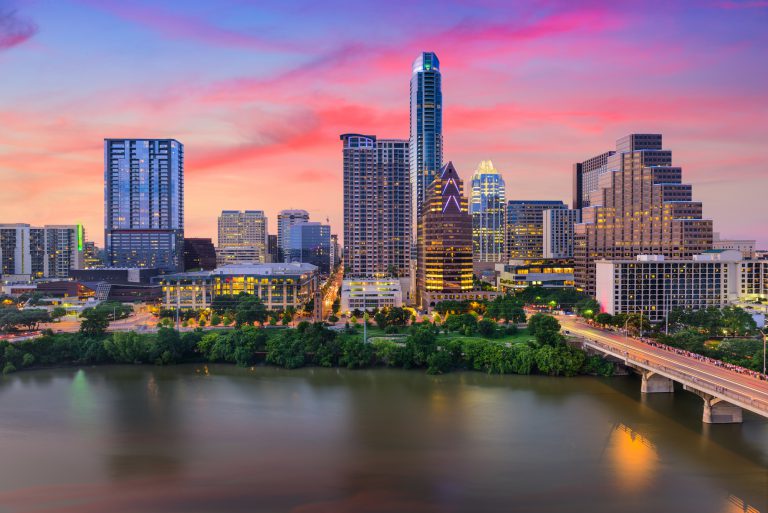History of Formula 1 in the United States
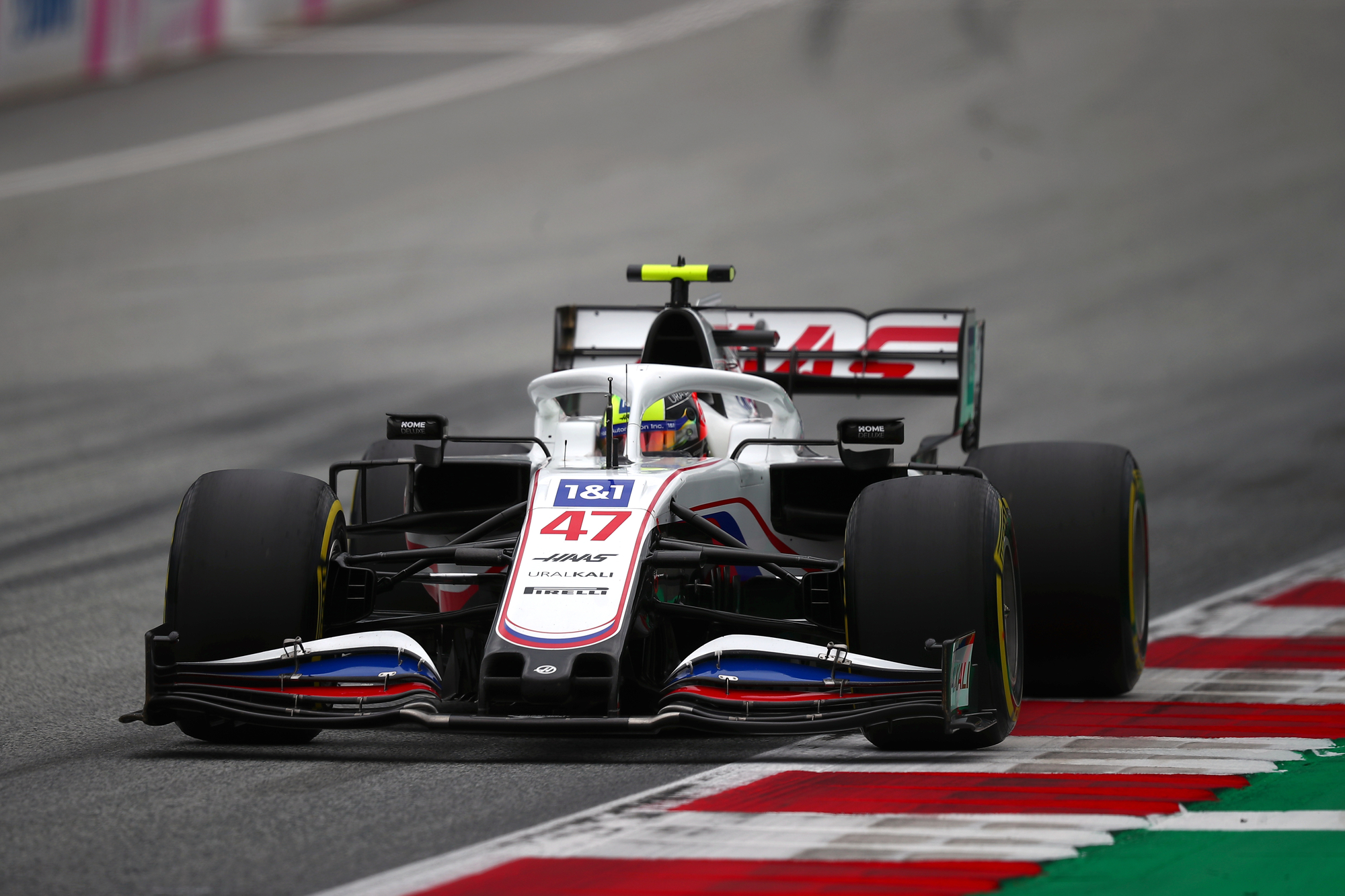
Though the Formula 1 Grand Prix didn’t start in the United States, the nation has been receptive to the grandiose event. It may seem like the global event is overshadowed by the more commercialized NASCAR and IndyCar races, but cities like Austin have helped boost the popularity of Formula 1 to warrant a return of the United States Grand Prix to locations around the nation. But the local didn’t actually start as part of the F1 circuit. In fact, the first of its kind was held many years before the first Formula 1 race, in 1908, when it was best known as the American Grand Prize.
The Vanderbilt Disaster and the Grand Prize
Before the “American Grand Prize” title was ever adopted, philanthropist and businessman William Kissam Vanderbilt I had a vision. After participating in the Gordon Bennett Cup and Circuit des Ardennes, Vanderbilt wanted to bring the prospect of high-stakes vehicular racing to the states. He eyed Long Island, NY, as the location for the Vanderbilt Cup and reached out to competitors both within the United States and across Europe. Unfortunately, Vanderbilt failed to properly organize the race, leading to oversized crowds, spectator deaths, and the eventual cancellation of the 1907 race. However, this inspired the Automobile Club of America to use its European ties and host an event it knew wouldn’t fail. With the Savannah Automobile Club in Savannah, GA, chosen to host the race, the American Grand Prize was born.
While the Grand Prize ran multiple successful events throughout the early 1900s, the onset of World War I made it difficult for European participants to travel. Additionally, the United States started to eye an oval racing concept, leaving the traditional road racing layout in the dust. By 1916, the American Grand Prize was discontinued. But the Vanderbilt name wasn’t done with racing yet, so in 1936, The Vanderbilt Cup was revived under Grand Prix regulations.
The First United States Grand Prix and Watkins Glen
In 1957, just as the Indianapolis 500 ran its seventh year as part of the World Championship under Grand Prix regulations, Riverside, CA, welcomed the Riverside International Raceway. Its inaugural event was the SCAA National sports car race of 1957. One year later, the SCCA race moved to the USAC Road Racing Championship and adopted the United States Grand Prix name. This event, along with others held at Watkins Glen and Lime Rock Park, became one of several that spurred interest from Alec Ulmann, who brought Formula 1 to Sebring International Raceway in 1959. The race became the “II United States Grand Prix” and the start of an ongoing legacy.
After Ulman moved the Grand Prix to Riverside International Raceway in 1960, he struggled to reach agreements at Daytona International Speedway for the 1961 race. When Cameron Argetsinger, the Executive Director of Watkins Glen Grand Prix Race Course, stepped forward to offer his circuit for future United States Grand Prix, the Automobile Competition Committee for the United States readily accepted. For the next 20 years, Watkins Glen, NY, was home to one of the nation’s biggest racing events of its time.
The Many Cities of the Grand Prix
By 1976, the West Coast was getting antsy for its own Grand Prix competition. So, Long Beach, CA, hosted a second race – the United States Grand Prix West. The Watkins Glen event changed its name to USA Grand Prix East in response and existed under that moniker until its final race. Even after the Grand Prix at Watkins Glen fizzled out, the Long Beach race continued to grow in popularity. For eight years, California was home to the only remaining United States Grand Prix, but that only lasted until 1983. During this time, the Grand Prix also continued to scatter across the nation, landing events in Las Vegas (1981 to 1982) and Dallas for one race in 1984.
In 1982, the Caesars Palace, Las Vegas event, and the ongoing Long Beach race were joined by a third – a street circuit in Detroit. Despite the poor conditions of the track and the city’s uncomfortable weather, the Detroit Grand Prix ran for four years, eventually ending in 1988 when the Federation Internationale du Sport Automobile (FISA), which governed Formula 1, deemed the track unfit for the current standards. At this time, all versions of the United States Grand Prix stopped running, but the absence of the event didn’t last long. In 1989, Phoenix, AZ, launched a new iteration on a street circuit that improved upon many of Detroit’s faults. The race ran for three years before being canceled due to, according to the city’s assistant city manager David Garcia, the space being able to fairly accommodate the 20,000 seats.
The United States, the Grand Prix, and the 21st Century
For nearly a decade, it seemed the Formula 1 Grand Prix would not return to the United States. Then, at the turn of the millennium, the Indianapolis Motor Speedway hosted the 2000 United States Grand Prix. For seven years, the event continued to return to the speedway, though an incident in 2005 involving Michelin tires caused the relationship to become rocky. After the 2007 race, the speedway and Formula One failed to agree to terms for future events, and for four years, the nation was without an F1 circuit.
Speculation circulated over the following years that the race would return to Indianapolis, but in 2010, Austin, TX, was awarded a ten-year contract, which it has been fulfilling at the purpose-built Circut of the Americas. Though the 2020 race was canceled due to COVID-19, the United States Grand Prix returned to the World Championship calendar in 2021 for an October 24 race at the Circuit of the Americas.
As things slowly returned to relative normalcy, a second race was added to the 2022 calendar. Miami, FL, will join Austin on the F1 circuit, and, according to F1 CEO Stefano Domenicali, they will appear separately on the year’s calendar. While there is no confirmed date for the 2022 Miami race, it’s expected to land in the second quarter of next season.


